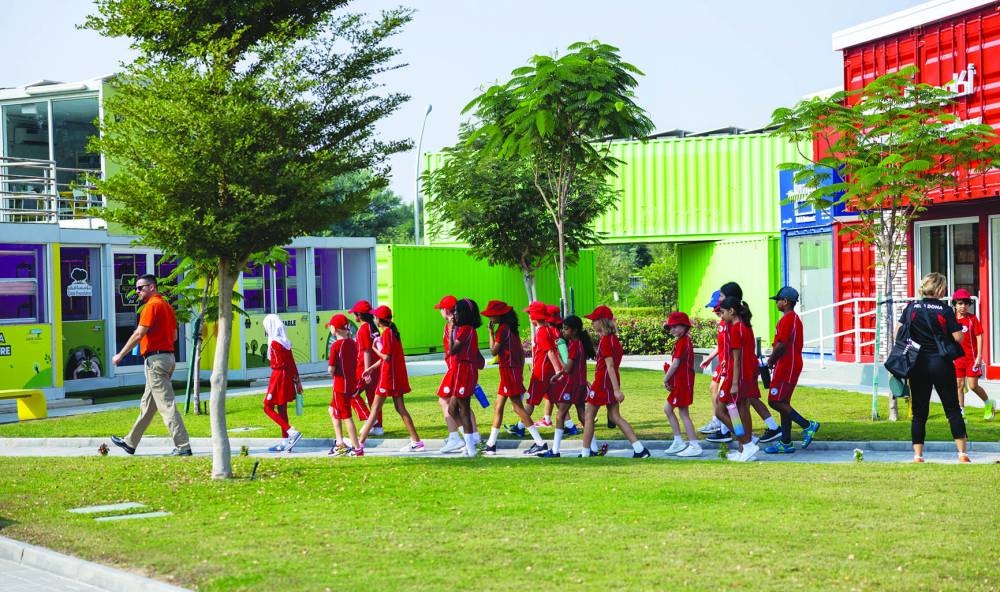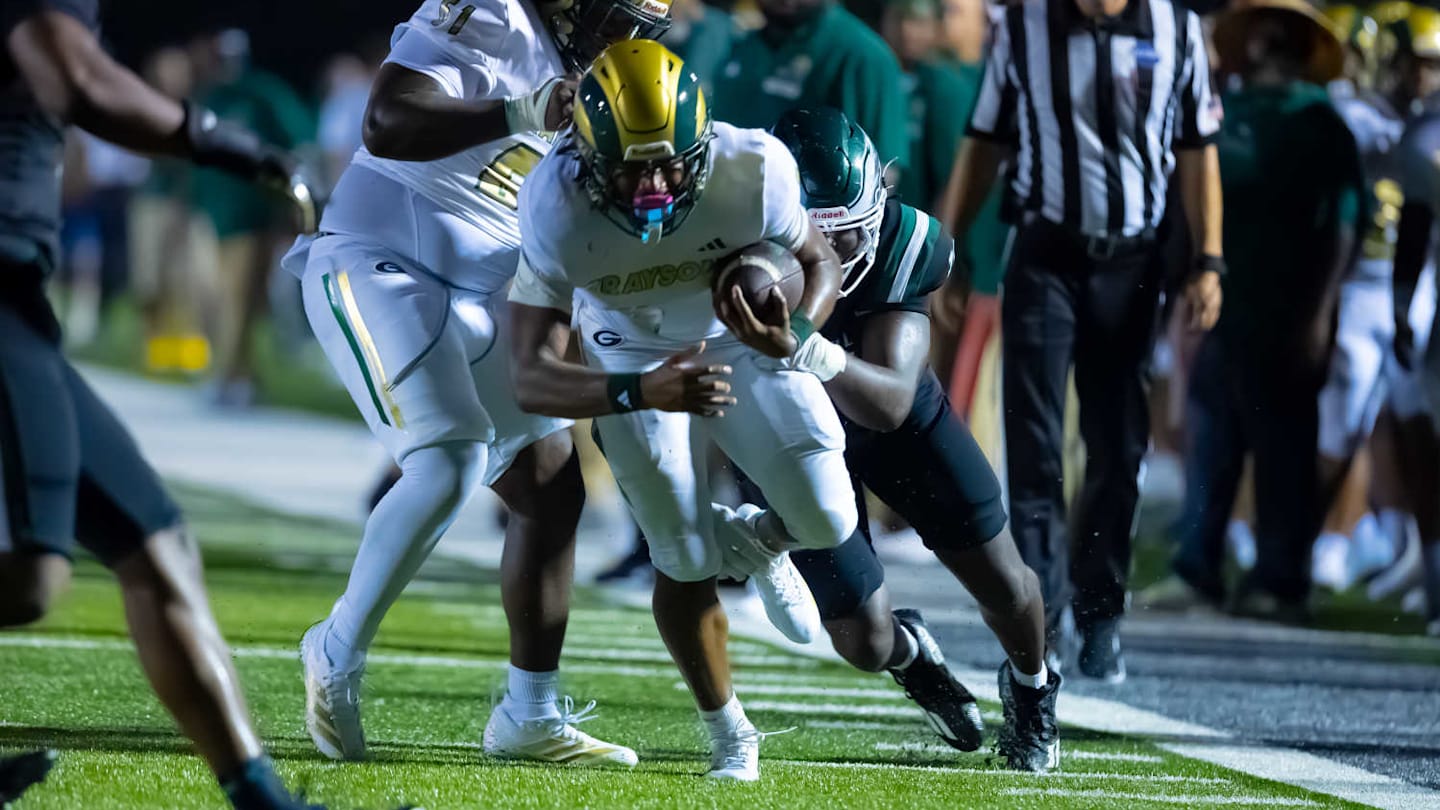
Like many veterans, Jim Modglin sees his military time as not any more important than another veteran’s.
Serving near the beginning of the Cold War years, Modglin especially views his time as less valuable than those who served in the world wars before him and the wars and conflicts that followed.
“There’s vets here who’ve done a lot more than I did, who are a lot more deserving (of recognition),” he said.
However, it was during that service that Modglin discovered a career that allowed him to impact hundreds of lives.
Born and raised in Massac County, James Frank Modglin was born Aug. 9, 1939, to Frank and Marie Modglin in Metropolis, the middle child born between two sisters.
His father served in World War II in the Army Air Force, the predecessor of the U.S. Air Force, he was a chief electrician on B-17 bombers, stationed at the Amarillo Army Air Base in Texas. He went in in 1943 and got out in late 1945.
“Due to his age, he only went across the water one time. He wasn’t in combat,” Modglin said. “When they were preparing invasion, they were flying mechanics over there to make sure the bombers were ready.”
After graduating from Metropolis Community High School in 1958, Modglin was at a slight loss of what to do next. By September, he signed up for the U.S. Air Force.
“Dad was all right with my joining. Mom wasn’t too sure,” he said.
He was 19 and “had no intentions at that time of becoming a full-time airman. I lived in a nation where it was kind of expected of you. It fit the time — the draft was still in place at that time historically,” he said. “My reason for going in, in a lot of ways, I felt like it was something to do. My family has history of military, and that was on my mind — my great-great-great grandfather Truman Modglin served in the Revolutionary War in North Carolina; my great-grandfather FM Modglin fought in the Civil War and survived Andersonville Prison; my dad’s oldest brother served in World War I; my dad served in World War II.”
It was also on his sixth birthday that Truman dropped the bomb on Nagasaki in 1945.
He joined up at the base in St. Louis.
“The last thing we did there was take the oath. I remember sitting there. The colonel who swore us in, went to the back door and said, ‘I’m getting ready to close this door. This is your last chance to walk out.’ He was basically saying, ‘You belong to Uncle Sam,’ which is what we knew,” he said.
From there, they took a train to Lackland Air Force Base in San Antonio, Texas, for basic training.
Modglin had been in Massac County “all my life. I’d hardly been out of Massac County. I was kind of a country boy who all the sudden the world opened up to. Others may not, but I would say (the military) was a good experience for me. I grew up. I was right out of high school. Going into the military, you’re going to grow up quick, no matter the situation.”
He served for four years, from 1958 to late 1962, and was in the reserves for two years.
Modglin finished basic in December 1958. It was the Cold War, between the Korean War and Vietnam War.
“The end of our time, we had a couple sessions about what they were going to train us in. In a sense, they kinda gave you a choice based upon testing. I guess I showed up as maintenance capability. I had no background, other than working in my dad’s sheet metal shop when I was growing up,” he said.
Then he noticed the list included something about missile training.
“That just kinda caught my eye. I thought, ‘Maybe that’s the future here.’ So I put my name down for missile school,” he said. “Missiles were introduced in World War II. In the ‘50s, they were catching on for the military.”
Missile school was at Chanute Air Force Base in Rantoul, not far from the University of Illinois. The base was also where his dad trained. The father and son stayed in the same barracks.
“As we were going to the base, we went by a construction site. A staff sergeant at the front of the bus said, ‘Oh, yes. There’s the missile school.’ All it was was a foundation. I said, ‘There’s no way they’re going to train me when they don’t have the school ready to go,’ ” Modglin said. “Somebody didn’t tell them down in San Antonio.”
He ended up doing training on a B-52 bomber. “What an experience,” he said.
The three months of training was completed in February 1959. Modglin said it wasn’t a big class, but did include about four of the guys he’d gone through basic with.
“In most cases in the military, they tell you what’s going to be done. In the last week of our training, a senior master sergeant came in and told us what to expect, but said they had places they needed what we’d been trained in. He told us we could go to Greenland, Libya, France and a fourth that was out of the country,” Modglin said. “I know Thule, Greenland, ain’t no way! If I’m going anywhere, I’m going south. About three guys I’d gone through basic with said they were going to France. I said, ‘May as well not break this up.’ ”
After a week of furlough, the group was shipped out to Evreux, France.
And when they got to the city that’s about an hour’s train ride northwest Paris, “there were no B-52s. I don’t know if it was another military goof-up or what. I thought, ‘What are we going to work on?’ It turns out, it was a C-130 Hercules cargo plane.”
For the most part, the C-130 was being created just prior to Modglin’s high school age. By the time he graduated, it was being put into service, replacing the C-123, the World War II workhorse that supported ground troops by taking them and their cargo to their destinations where everything — soldiers, jeeps, trucks, food — were parachuted out.
After training on the C-130, Modglin was assigned to the 317th CAMS (Consolidated Aircraft Maintenance Squadron). His group worked and dealt with the C-130A, which was the first model. About his last year there, they brought in the new model, the C-130B.
“We were basically becoming an aircraft maintenance all-around mechanic knowing all aspects of the plane,” he said.
Modglin eventually ran periodic maintenance for three years.
“When inspections revealed a problem, you had to fill out paperwork and contact the specialists. They stuck me in hanger office doing that paperwork for a while. At least I had clean hands and uniform,” he said, noting that allowed him to witness the 317th receiving one of its three air division citations.
While the cleanliness was nice, Modglin wanted to work on the planes.
“I kept kinda complaining to the staff sergeant we worked for that I’d love to get on the flight line and work with the planes out there,” he said.
He was moved to post dock, an outdoor maintenance, where they were allowed to taxi from the hangar down to post dock and sometimes go on a test flight.
“I knew they always sent mechanics on missions. I’d learned enough, I got to be a crew chief in the latter stages of my time over there,” he said.
He got to go on two missions. One was a flight from Evreux into Germany. The other was from 1960 into 1961 when in the country known as the Belgian Congo “the people there decided they didn’t want to be owned anymore, so they rebelled. The 317th was part of the 322nd air division. They had the responsibility of flying food in and refugees out. I got a shot at that one once. I got to go to Léopoldville in The Congo.”
He was also on the OSAT team, which could protect the base if there was an attack. “I don’t know why they put me on that. I didn’t have much use of the various weapons,” he said. “We got called out a couple of times. They were always afraid someone would use the airstrip to get to Belgium.”
The base had a few casualties during his time there, but the one that “hit home to me more than anything was in early ‘62. Our trips into space had begun. The early capsule orbits were taking place. When they went around, they had spots on the ground where they’d set up to follow the orbit. The 317th was given site in Kenya, Africa. You had all these mechanics on the planes. A good friend of mine, Mike Miller out of New York, he was an instrument mechanic. He was on that flight. About 14 died on the approach.”
Modglin said he later learned that because the mission was associated with the space race, it was considered the first loss of life in the space program. During one of its reunions, the 317th placed a plaque at Cape Canaveral in memory of their fallen brothers.
It wasn’t too long after that “I packed up and headed out.”
Modglin’s almost four years in France also put him in close contact with history.
“I had a lot of history given to me over there, may have had a lot to do with one of my majors,” he said.
When they could get away from base, he’d hit all the historical places he could, taking advantage of the opportunity.
“We’d go into Paris — that was magnitudes of history. I always went my way and they went theirs,” he said.
His way allowed him to see the Arc de Triomphe, sit in Joan of Arc’s cell, see the Berlin Wall once. He went to Normandy twice. While on Utah Beach, “I walked around these big shell craters that were made by the battleship Texas. When I had furlough before going over, we went to Houston to visit my older sister. While there, we went to the permanent docking of the battleship Texas. I crawled up in the gun turret, not knowing I’d go to where they shot at,” he said.
One of those Paris visits was to the Invalides, a hospital built for the causalities during Napoleon’s wars. His tomb is on the property. “I remember going in, getting goosebumps. I began to realize history was my prime interest. I stood there looking down at Napoleon. Another experience I’d never had (if not for the military). The guy in charge of that area came over, and we conversed through what little French and English we both knew, and he basically said that where I stood, Adolf Hitler stood there and looked down and said, ‘I will succeed where you failed’ when he went to Paris after they occupied France. I since have found out that was true,” Modglin said.
He also visited Henri-Chapelle American Cemetery in Plombières, Belgium, where his uncle was buried in World War II.
Modglin said while he’d classify his time in the Air Force and in France as “good,” he emphasized that those years of the Cold War “was a very tense time. It was the beginning of the Cold War. We left World War II. It was a short time until we were into Korea. After Korean War, began the atomic age.”
And by the time Modglin was discharged, “Vietnam fired up. Things had already been happening.”
So, Modglin could have been part of Vietnam.
“I always thought, I had no control over when I was born. I was too young to go to World War II. By the time I was old enough to to go in the military, it was the Cold War,” he said.
When his time for discharge was coming, they offered a rank increase if he’d reenlist. “I’d been thinking about that. There was a time I thought maybe I would, but I thought against it,” he said. “That’s why I said what I did about my experience is nothing like these guys who went through Vietnam and the after wars that came after that.”
He left Evreux an airman second class.
“Even today, young people go into the military — in some cases, bad; in other cases, you can make it a learning thing,” Modglin reflected. “I think I grew up a lot. Mom and Dad, I think did a good job, but Uncle Sam kinda finished me off. I definitely had a direction after I was discharged.”
But after getting back from France in late 1962, it took Modglin a little while to figure out a specific direction.
While he worked locally and helped his dad a little with his heating and cooling business, he spent a year at home “living the good life,” including buying his first car — a turquoise 1955 Chevrolet Bel Air.
“Dad kept after me, asking what I was going to do,” Modglin said. “While I was over there, he wrote that if I wanted, they’d send me to school and I could go to work for him. I got home, and he asked what I was going to do. I said, ‘I might take up your offer.’ He said, ‘I’ve changed my mind. You need something else.’ I guess he’d had a bad year.”
During his service time, Modglin did correspondence courses with the University of Maryland, leaning on his interest in law enforcement. So, he took a test with the Illinois State Police, but never heard back. “Time passed. I got tired of waiting,” he said.
He decided to go to college, starting at Southern Illinois University Carbondale in 1964. He began seeking a forestry degree “because I loved the outdoors. I didn’t stay with that too long because I didn’t see much opportunity there,” so he changed to more of a social studies angle.
And then he met Sue McHaney. Her family came to Metropolis from the Centralia area in 1952 when her father became the associational missionary for the Union Baptist Association. A 1963 Metropolis Community High School graduate, she was attending Murray State University. Modglin decided to follow her for his two remaining college years. It was good news to his father.
“My dad was glad to see me transfer. The social studies area, the head of that department, my dad said, was a ‘New Dealer’ and Dad was too conservative to get into the New Deal and he didn’t want me studying under any New Dealers,” Modglin said.
Modglin and McHaney married in 1966. She graduated from Murray the same year and became a teacher. They would later have two children, Jimmy, who now lives in the St. Louis area and has four daughters, and Angela, who lives in Metropolis.
Modglin graduated from Murray in December 1967 with three majors — political science, history, geography. But, “you don’t find teaching jobs in December,” he pointed out.
He did eventually find one — teaching English, primarily reading, for the Illinois Youth Commission at Fort Massac Boys Camp for a year. “It was a good experience.”
And then came an an opening at Metropolis Community High School with the upcoming retirement of a coach/teacher. “That’s where I did it all,” he said.
His teaching career started in the 1969-70 school year. He began teaching mostly history. When the voting age was changed from 21 to 18 in 1971, “we talked
about our students leaving high school with very little knowledge of the government. That’s when we initiated a government class. I taught U.S. government, probably more of that than I did history or geography, but I touched on those.”
He carried that onto Massac County High School when it opened in the 1980-81 school year until he retired in the 1993-94 school year.
Early in his teaching career, he also taught at Shawnee Community College at night and during the summer. When SCC took its program to the Vienna Correctional Center, he taught for about 18 months. After retiring from Massac, he taught for two more years for SCC on a part-time basis at the Metro Center.
About that time, “people said I needed to run for county commissioner,” he said. He served two terms.
“A lot of these things were good experiences,” Modglin reflected. “Just like my military, you have experience and you’ve got to make it count somehow.”
After retiring, Modglin began attending 317th reunions in 1996. And while those reunions have recently ended, he still keeps in touch with several of those he went through basic and shared that military time with.
Modglin called his time in the military a “valuable experience” as the time in Evreux not only provided lifetime friendships but also experiences that “had a lot to do with” and “worked right into my teaching.
“I feel for guys and girls who go into the service now — the world has changed. Today’s military, due to the world’s condition, I don’t think you’d be able to have those experiences (I had). You’re keyed in on whether I’m going to survive the day or not,” he said. “You touch history in a lot of ways when you look around. That’s what I was able to do.”
Credit: Source link













